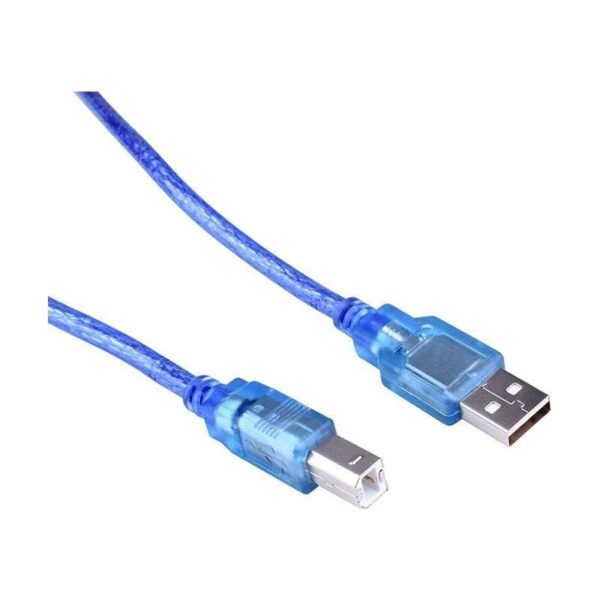This is an Arduino UNO compatible board based on the domestic chip LGT8F328P chip. It is an enhanced 8-bit RISC core. It is optimized for the original architecture. The instruction execution speed is faster. At the same time, it optimizes the flash part, adds timer 3, built-in crystal oscillator, and increases DAC output. The main frequency can be up to 32M. Lower power consumption.
Comparison of LGT8F328P and Atmega328P chips
LGT8FX8P series microcontrollers currently mainly include three package chips LGT8F328P-SSOP20, LQFP32 and LQFP48.
-
Enhanced 8-bit RISC core, support 16-bit digital operation extension, in the working range of 1.8V – 5.5V, support internal crystal oscillator, can run at the core frequency of up to 32MHz;
-
LGT8F328P has internal 32K bytes FLASH program memory, 2K bytes data SRAM, built-in control logic that simulates FLASH as EEPROM, can divide a part of program FLASH into data FLASH space according to application needs, and realize EEPROM-like interface access through EEPROM controller , if you use eerom, the total flash is only 30K, which is 2K less than his Atmega328P;
-
LGT8F328P integrates more hardware resources and peripherals, including 12-bit ADC, timer3, high-precision 1.024/2.048/4.096V internal reference voltage, 8-bit DAC and high-speed analog comparator, A8(D23), A9(24), A10( 25), A11 (D26) analog input port, D22, REST, crystal oscillator pins can be configured as GPIO ports;
-
The LGT8F328P architecture design is relatively new, and the peripheral functions are far stronger than the Atmega328P. Especially the program encryption ability is far more than Atmega328P
technical parameter
| name | parameter |
|---|---|
| MCU | LGT8F328P |
| Operating Voltage | 5V |
| Input voltage (recommended) | 7-9V |
| FLASH | 32KB |
| SRAM | 2KB |
| E2PROM | 0K, 1K, 2K, 4K configurable (shared with FLASH) |
| PWM | 6 way |
| main frequency | Internal 16MHz (Max 32MHz) |
| ADC | 6 channel 12 bit |
| DAC | 1 channel 8 bits |
| UART | 1 way |
| analogRead range | 0~4095 precision |
| Internal benchmark | 1.024V, 2.048V, 4.096V ±0.5% |
| Other peripherals | SPI, TWI (I2C), GUID (Global Device Number) |
| size | 68.6mm * 53.4mm |
Nulllab development board Arduino IDE support package
Method 1, network installation
1. File -> Preferences, get the following interface
2. Enter the following URL in the additional development board manager URL:
as an Additional Boards Manager URL.
-
Open Tools->Board:…->Boards Manager
-
Find arduino_nulllaba by typing ‘nulllab’ into the search line










